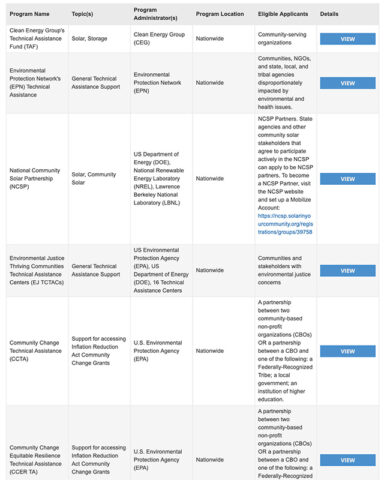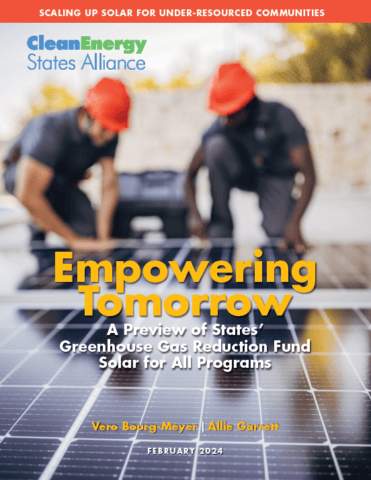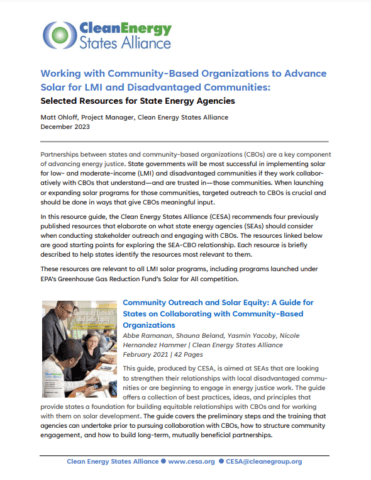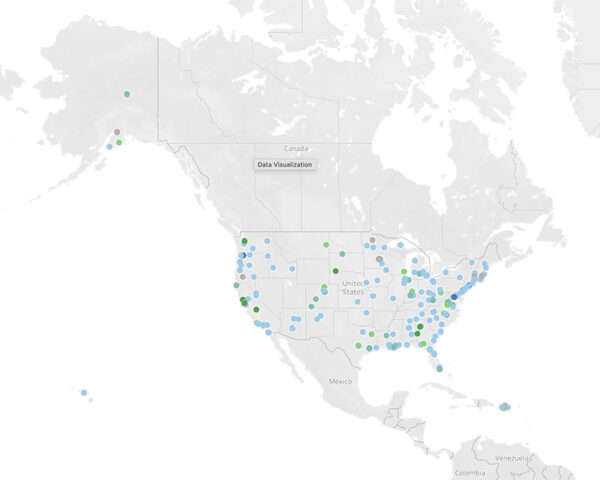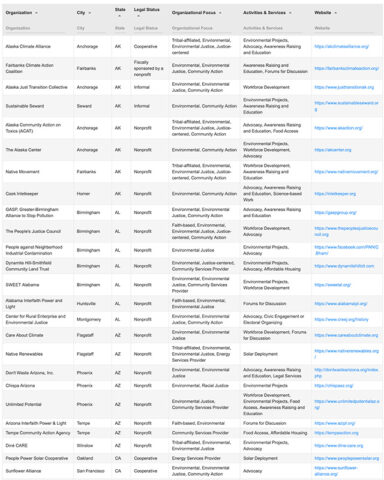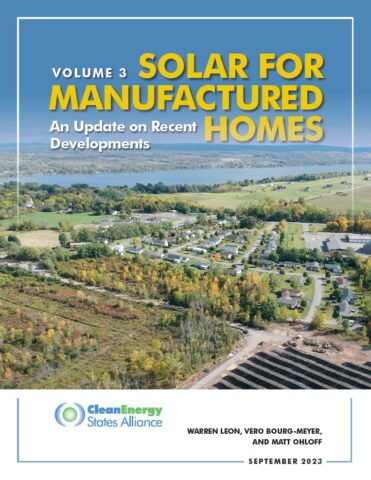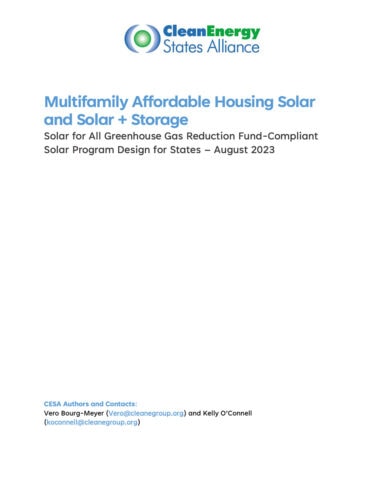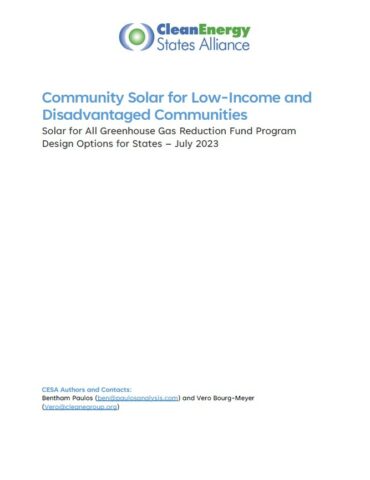Resource Archive - Community Solar
SEARCH RESOURCES
You can also search by author name.
RESOURCE TYPES
RESOURCE TOPICS
RESOURCE PROJECTS
RESOURCE YEARS
Washington, DC’s Solar for All program aims to benefit over 100,000 households with incomes at or below 80% of area median income. This case study profiles the program and the ways its administrators have handled outreach and consumer education over the program’s seven-year history.
Community-based organizations (CBOs) pursuing solar energy projects may benefit from additional resources and information to help them achieve their desired clean energy and community-building outcomes.
This report summarizes trends and calculates the potential impact of the EPA’s $7 billion Solar for All competition. The report provides the first public look into the range of state proposals that have been submitted in response to this competition. It can serve as a market readiness tool, to help states prepare for a massive and historic influx of LMI solar funding.
This explainer introduces states deploying federal funding to rules regarding worker protection, local wages, and benefits under the Davis Bacon Act. The plain English question-and-answer document was specifically prepared for states that will implement Greenhouse Gas Reduction Fund Solar for All programs, but it will be useful to other state agencies deploying Inflation Reduction Act funding.
In this resource guide, CESA recommends four previously published resources that elaborate on what state energy agencies should consider when conducting stakeholder outreach and engaging with community-based organizations.
CESA compiled this database of over 400 community-oriented organizations with a focus on or interest in clean energy at the local level, especially for low-income and disadvantaged communities. The database especially emphasizes groups that seek to advance solar energy and environmental justice.
CESA compiled this database of over 400 community-oriented organizations with a focus on or interest in clean energy at the local level, especially for low-income and disadvantaged communities. The database especially emphasizes groups that seek to advance solar energy and environmental justice.
Manufactured homes, formerly referred to as mobile homes, comprise over 6 percent of America’s housing stock and represent an even larger share of housing for low- and moderate-income households. CESA has published an update to the “Solar for Manufactured Homes” report discussing potential funding opportunities through the Inflation Reduction Act.
This guide offers simple options for states to add Multifamily Affordable Housing (MFAH) solar and/or solar+storage to their application to the $7 billion Greenhouse Gas Reduction Fund (GGRF) Solar for All competition (Solar for All) and take advantage of the new tax credit features of the Inflation reduction Act.
This document offers insights into how states can design and launch community solar programs that benefit disadvantaged communities and low- and moderate-income households using the $7 billion Greenhouse Gas Reduction Fund Solar for All competition and take advantage of new tax credits features available under the Inflation Reduction Act.


